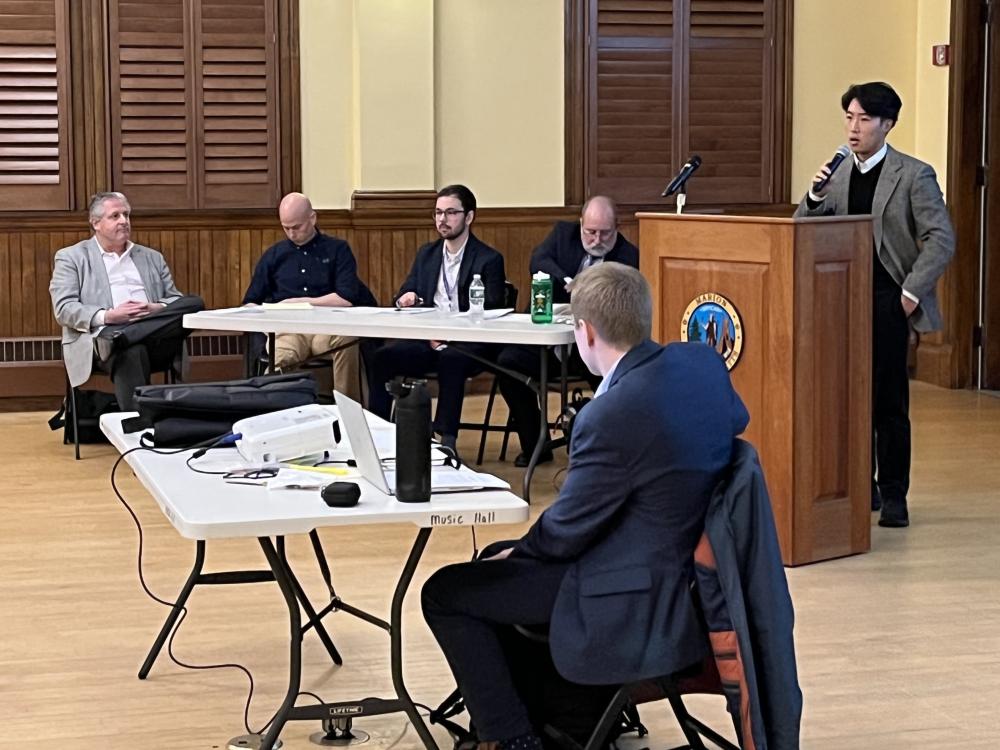Marion Shared Use Path project moves towards environmental impact state review

MARION – The Marion Shared Use Path project is advancing towards a key procedural step in which its environmental impacts are identified and then submitted to the state for review.
During a Wednesday, Jan. 31 public meeting at the Marion Music Hall, project leaders from the Massachusetts Department of Transportation, engineering company HDR and Foth Infrastructure and Environment fielded questions and presented information regarding the planned 3.8-mile bike path’s Expanded Environmental Notification Form.
The Shared Use Path project is the proposed construction of a non-motorized use path in Marion from the Mattapoisett town line to Point Road, part of continued development of the South Coast Bikeway.
The project is expected to cost approximately $5.49 million, financed by a combination of Federal Highway Administration and Commonwealth of Massachusetts funds. Construction is scheduled to begin in fall 2025, according to the Massachusetts Department of Transportation.
The Environmental Notification Form is a study of the path’s environmental impacts and resulting necessary mitigation measures. The information is submitted to the office of the Massachusetts Environmental Protection Act and is required when “a state or municipal-owned project exceeds certain environmental impact thresholds,” according to HDR project manager Kevin Slattery.
“Very importantly, the environmental review to date has not identified any impacts on any areas of critical environmental concern,” Slattery said.
That includes designated wild and scenic rivers, historic resources, water supply, wastewater resources, energy facilities and air quality. It is also not foreseen that the path’s construction would impact air quality, historic or cultural properties, public water and groundwater supplies, and rare animal species, among other things.
“In support of this, a special conservation plan will be implemented for protection of one species whose mapped habitat range exists in the footprint of the project,” Slattery said.
Other environmental impact mitigation opportunities identified for the project were safety amenities, such as ADA compliance, and improvements for managing stormwater, which included “path-side swales and crushed stone trenches” and “proposed grass depressions,” Slattery said.
Massachusetts Department of Transportation project manager Joseph Yoo said the project’s next step is a ten-day period for solicitation of public comments, which included the Wednesday meeting.
The Environmental Notification Form is hoped to be submitted to the Massachusetts Environmental Protection Act office on Feb. 29. That will be followed by another extended open period for public comment, according to Yoo.














